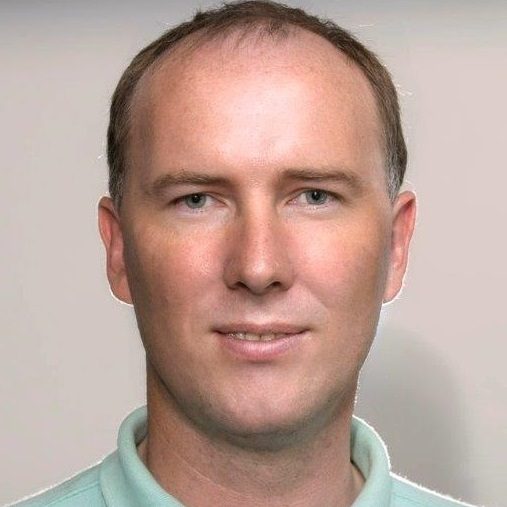Analysis of Depth Cameras for Proximal Sensing of Grapes
BibTeX
This work investigates the performance of five depth cameras in relation to their potential for grape yield estimation. The technologies used by these cameras include structured light (Kinect V1), active infrared stereoscopy (RealSense D415), time of flight (Kinect V2 and Kinect Azure), and LiDAR (Intel L515). To evaluate their suitability for grape yield estimation, a range of factors were investigated including their performance in and out of direct sunlight, their ability to accurately measure the shape of the grapes, and their potential to facilitate counting and sizing of individual berries. The depth cameras’ performance was benchmarked using high-resolution photogrammetry scans. All the cameras except the Kinect V1 were able to operate in direct sunlight. Indoors, the RealSense D415 camera provided the most accurate depth scans of grape bunches, with a 2 mm average depth error relative to photogrammetric scans. However, its performance was reduced in direct sunlight. The time of flight and LiDAR cameras provided depth scans of grapes that had about an 8 mm depth bias. Furthermore, the individual berries manifested in the scans as pointed shape distortions. This led to an underestimation of berry sizes when applying the RANSAC sphere fitting but may help with the detection of individual berries with more advanced algorithms. Applying an opaque coating to the surface of the grapes reduced the observed distance bias and shape distortion. This indicated that these are likely caused by the cameras’ transmitted light experiencing diffused scattering within the grapes. More work is needed to investigate if this distortion can be used for enhanced measurement of grape properties such as ripeness and berry size.

